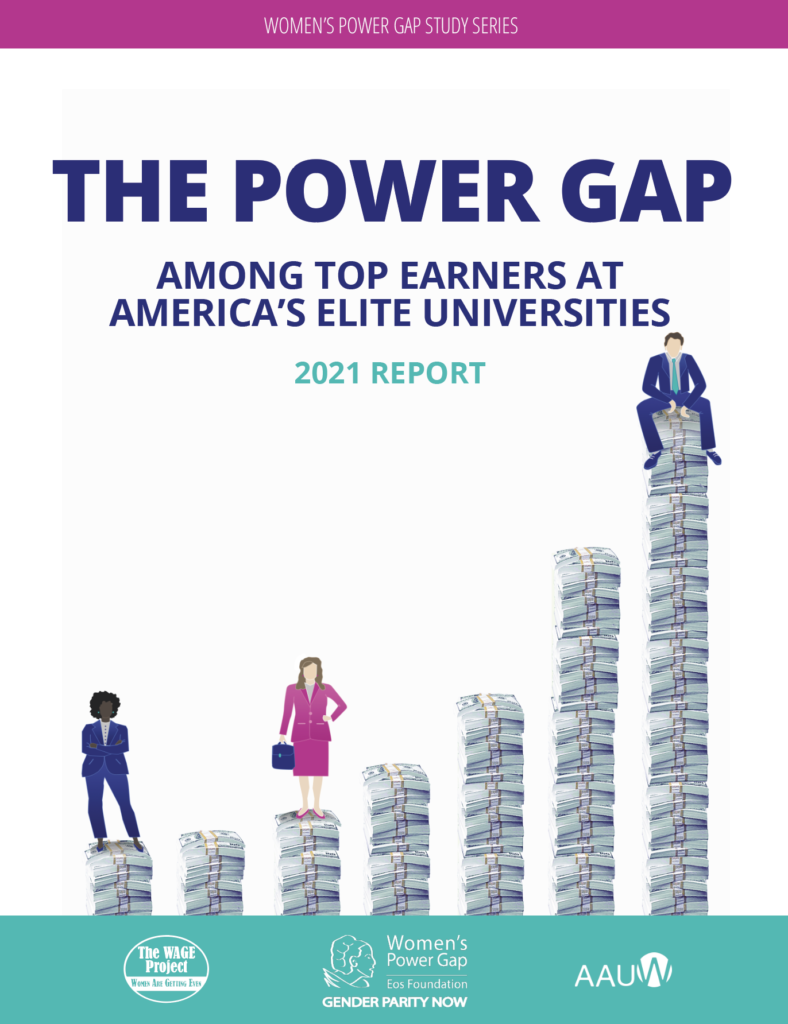2021 Report
The Power Gap among Top Earners at Americas Elite Universities
Overview
The goal of the Women’s Power Gap (WPG) Initiative is to dramatically increase the number of women from diverse backgrounds among CEO and C-suite leaders nationally. Past studies of the higher education industry focused on the representation of women and people of color among college and university presidents, as well as leaders one step down on the path to the presidency – provosts and academic deans, primarily. The Power Gap among Top Earners at America’s Elite Universities examines another key element of power: compensation. Though this study focuses on compensation, it is not a pay gap analysis per se. Instead, it examines the numerical representation of diverse groups among the 2,000+ most highly paid employees at the country’s 130 major research universities (R1 as defined by the Carnegie Classification).
Key Stats
Women comprise 60% of all professionals in higher education; they are (and have been) earning the vast majority of master’s and doctoral degrees and represent 57% of all students in our colleges and universities. As of 2019, women earned 54% of all PhDs and 60% of all master’s degrees. Yet, although women have significantly outpaced men in degree attainment, it hasn’t translated into top compensation.
Key Findings:
- Less than a quarter of top-earners are women, and women’s representation varies greatly by category.
- Women of color are virtually nonexistent among top earners.
- Faculty and deans in traditionally male-dominated disciplines score the highest pay.
- Lack of data availability and transparency impedes accountability and progress.
Read more in The Power Gap among Top Earners at American’s Elite Universities: 2021 Study. Refer to the University Profiles tab to search school specific gender, title, and salary data.

